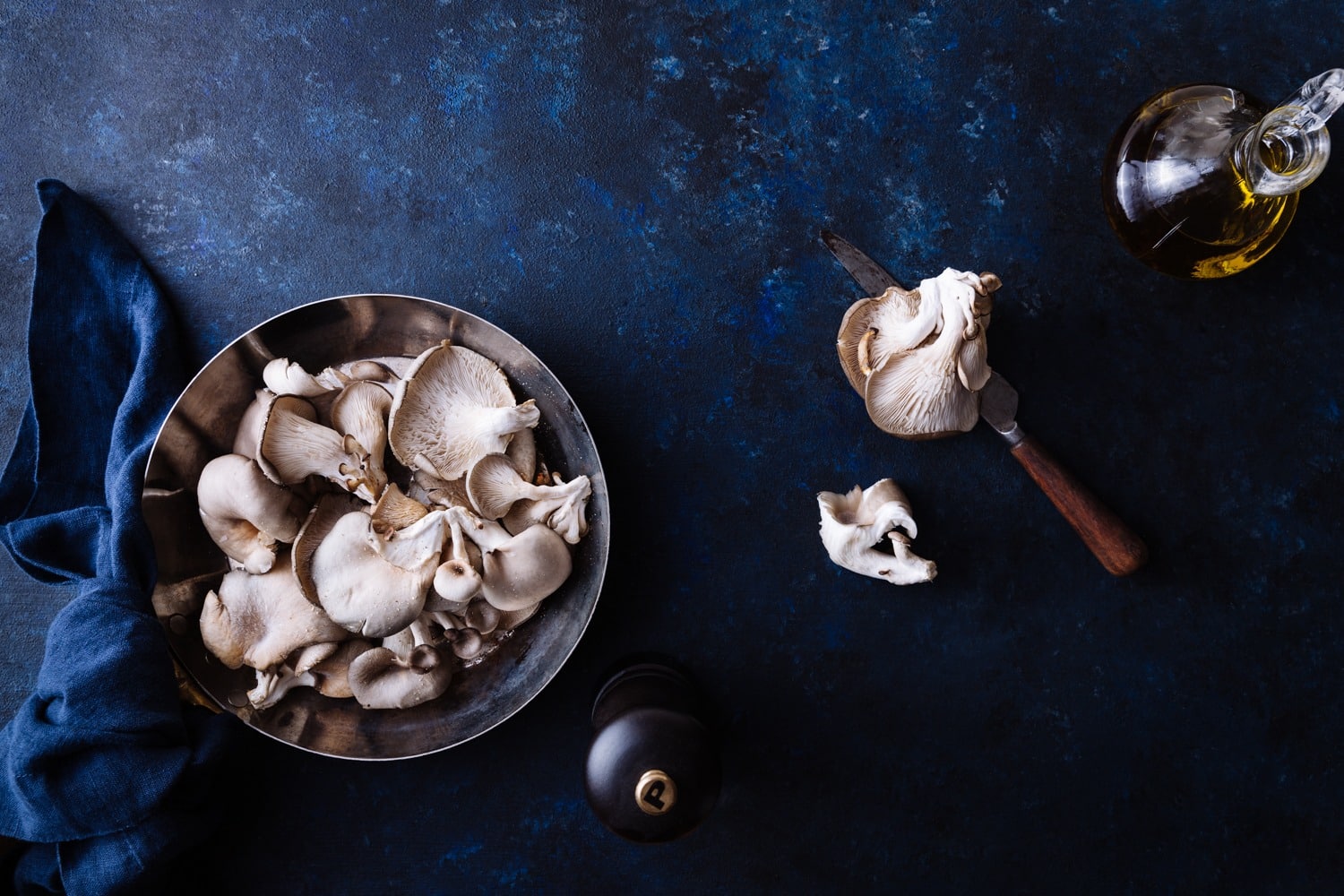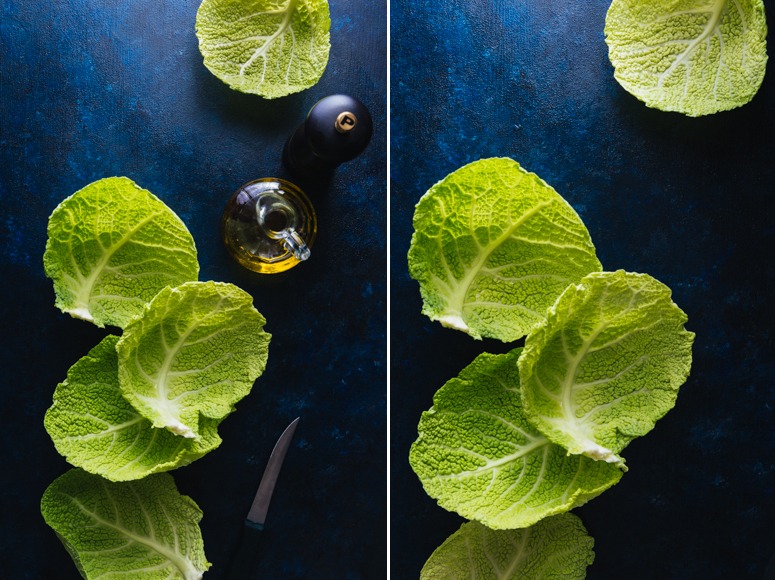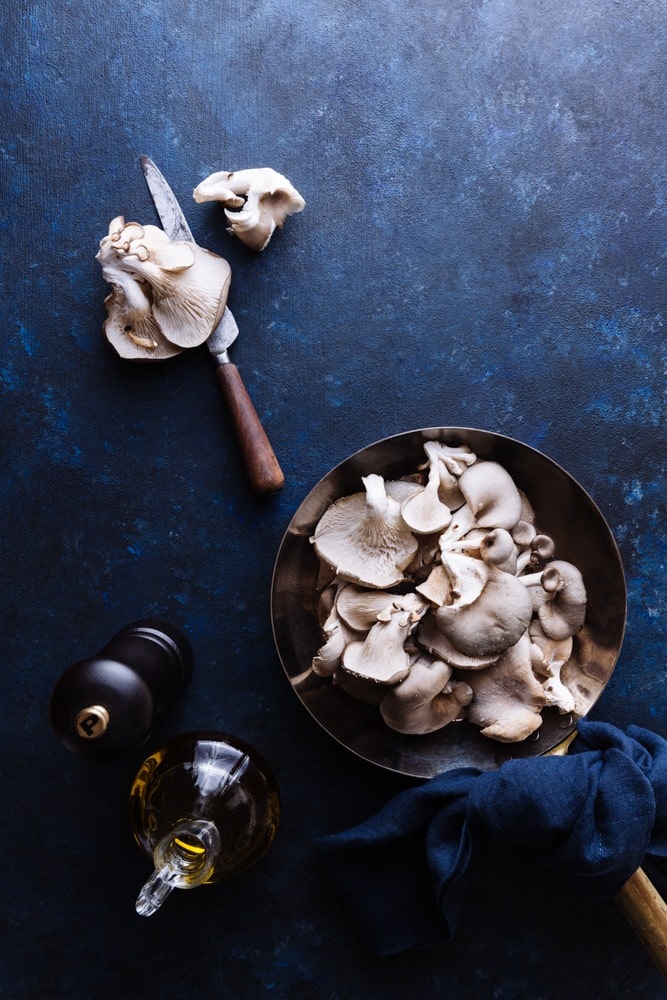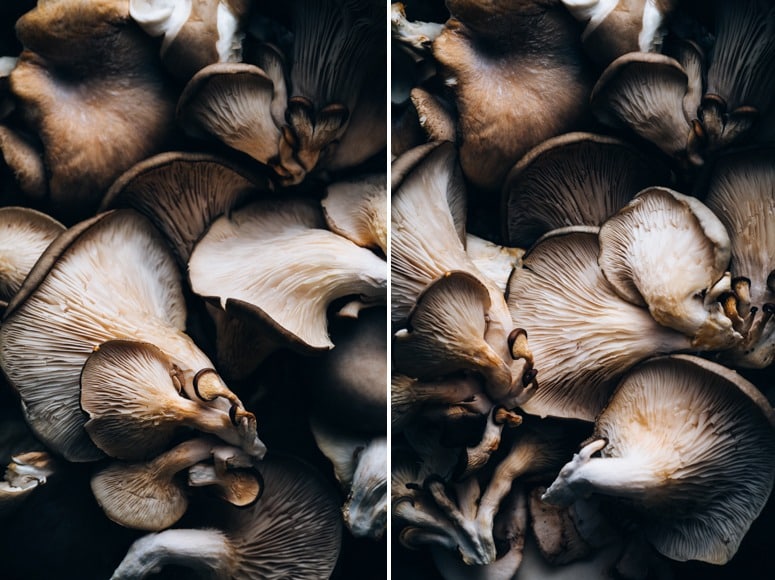If you’ve followed my writings either here on my column on Expert Photography, you may have read my advice on stock photography.
These articles and posts were meant to be a rundown of some of the stock sites out there and how you can work with them.
This is a more personal post. After being a contributor to stock sites for about three years, I’d like to share my experience with you, and tell you why I still believe in stock photography.

What Happened to Stock?
About ten years ago, photographers who licensed their images through various stock libraries were able to make a good living out of it. Some photographers focused on shooting for stock only, and were able to make several thousand dollars a month doing so.
Then the industry completely changed and grew very saturated. The barrier to entry became low, as excellent digital cameras became more affordable for everyone.
Millions of people–professional photographers or not–are now doing stock. Or trying to.
Most stock sites license images for very low prices. Photographer are often left with pennies once they receive their cut of the profits. This is really disheartening for us, the artists, who are creating this work for others; companies who will often massively profit from those images in terms of advertising and brand visibility.
Today, in 2019, shooting for stock sucks.
So why do I still believe in stock photography?
Enter Premium Stock
I generally don’t advocate for food photographers to license their images through stock agencies where there is very little profit to be made.
Food photography takes a lot of time, and expenses incurred for props and ingredients.
However, there are a couple of sites that I think are still a good bet for us food shooters.
These sites are known as Premium Stock. Offset is one. Adobe Premium is another.
Both of these are divisions within larger stock agencies. Offset is a division of Shutterstock.
These agencies offer clients royalty-free images at two price points: $250.00 USD for a low res file, $500.00 USD for a high resolution file. You get a cut of the that.
Because these agencies have a high price point and want to offer their customers the best product possible, they are harder to get into.
However, if you get accepted and make it a priority to build up a sizeable image bank over time, you can make some nice passive income.

My Experience with Premium Stock
I have been contributing to Offset and Adobe Premium for about three years now. I’m certainly not killing it in stock photography. As of this writing, I have just over 400 images.
Please know this is very small for stock photography, even at the premium level.
On the other hand, I consistently sell images every month, which means I draw a steady income that certainly isn’t going to pay all of my bills, but does pay a big chunk of my business expenses.
When I do a commissioned shoot for a clients, I earn more than what I make in six months in stock photography, but this doesn’t matter to me.
The point is that I’m making money on rejects from photo shoots or my personal projects. Being an artist and professional means committing to practice as much as you can. Why not allow that practice to bring me some income?
Yet, it’s not just about money.
Contributing to Premium Stock photography allows my work to be seen by a wide audience, and has brought me recognition and opportunities that wouldn’t have otherwise come my way.

What You Need to Remember
You need to remember that stock photography–even Premium Stock photography–is a long game.
Unless you dedicate yourself full time to shooting for your stock portfolios, it will take a while to build up the 1,000, 2,000 + images that you need to make decent money, even in the Premium world.
Many of your images will be rejected, for reasons not made clear to you. You can submit images in sets. but sometimes only one image from that set may be chosen.
In the mentorship side of my business, I encourage the excellent photographers to apply to stock agencies with their work. They are excited when they get in, then disheartened when so many images get turned down.
If this happens to you, or if your application gets turned down, remember that even though these sites want to work with the best photographers, it’s still a business and it’s about what sells. It’s not necessarily about the most beautiful photographs.
Peruse these sites, and you will still see a lot of crap. But it’s crap that customers are searching for with keywords.
If there are a ton of similar images or subject, your work will get turned down. If customers are not searching for apple pie, they won’t be interested in your apple pie shots, no matter how stunning.
I’ve also observed that the simpler, the better. Universal and everyday subjects such as shots of fruits and vegetable or beverages sell a lot more than “recipes”.
This is good news, because it means less time in the kitchen and money spend on ingredients. One of my best selling images is a “martini” composed with cold water and olives.

In Conclusion
So to sum up, if you know you have come to a certain level in your photography and want to start making some side income while practicing your art or doing personal projects, give stock photography a try.
They key is consistency. You need to be consistent in shooting and uploading in order to keep your images high in the searches and to build up the number of images you need to be successful.
If you get involved in stock, my advice is to not make it your biggest priority, but don’t neglect it, either.
Succeeding as a photographer these days means having multiple income streams and maximizing your skills to your benefit.
Let me know if you have any questions or would like to share your experience.







One Response
Hi Darina, your blog is addictive! Just a quick question about this post; to use the rejects from commercial shootings, do you need a release from the client?